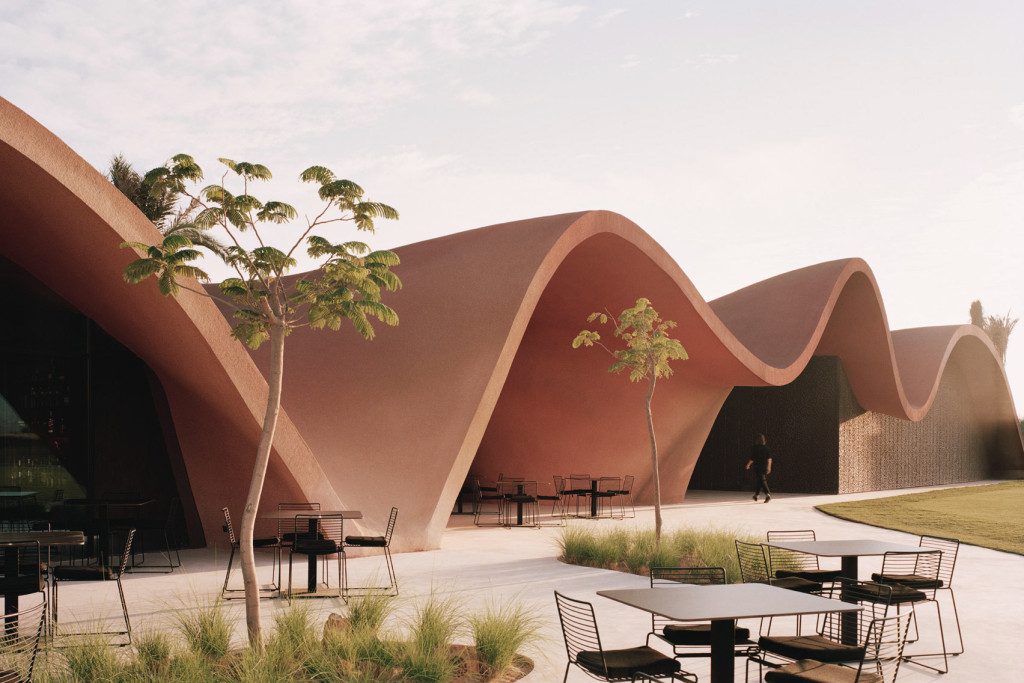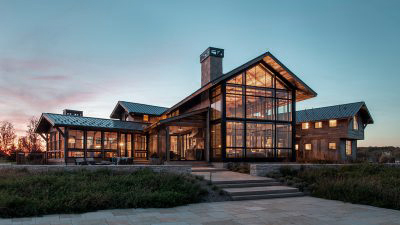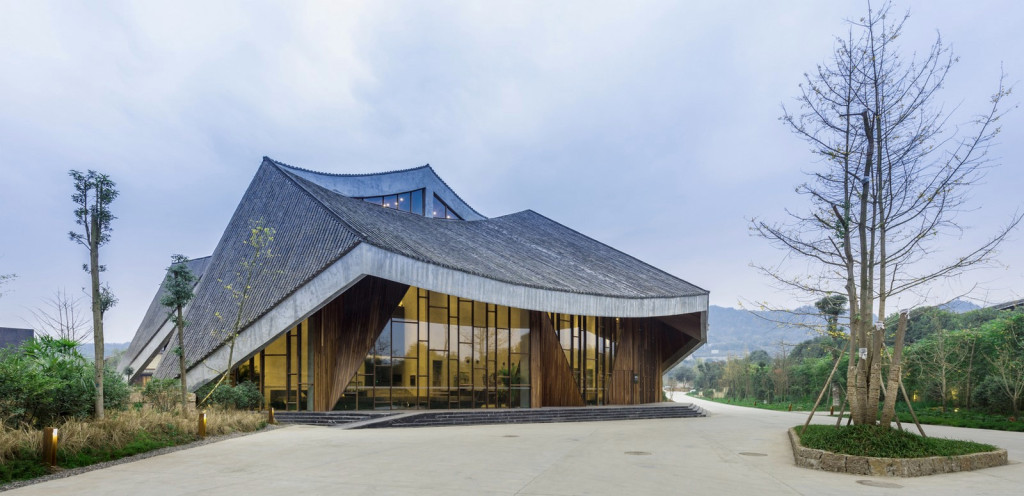Definition of Vernacularism in Architecture
Vernacularism in Architecture is a architecture approach that underlines the utilization of neighborhood materials, conventional development procedures, and native information to make structures that are appropriate to the nearby environment and culture. It is frequently appeared differently in relation to scholarly engineering, which is planned by officially prepared modelers and may consolidate components from various structural styles and periods.
Historical Roots of Vernacular Architecture
Vernacular design has its foundations in the earliest human civic establishments. For quite a long time, individuals have fabricated homes and different designs utilizing the materials and strategies that were promptly accessible to them. Vernacular structures are frequently built without the utilization of formal building drawings or plans, and they are in many cases adjusted over the long run to adjust to evolving needs.

The Significance of Vernacularism
Vernacularism is huge for various reasons. To begin with, it is an impression of the social and verifiable legacy of a spot. Vernacular structures typify the information and abilities of neighborhood individuals, and they frequently mirror the one of a kind qualities of the nearby climate.
Second, vernacular architecture is many times in light of practical plan standards. Vernacular structures are regularly built utilizing locally accessible materials, which lessens the requirement for transportation and handling. They are likewise frequently intended to exploit normal ventilation and sunlight based energy.
Finally, vernacular architecture can be aesthetically appealing. Vernacular buildings are often simple and elegant, with a natural harmony with the surrounding landscape.
Vernacularism Around the World
Vernacular architecture can be found all over the world, in every climate and culture. Here are a few examples of vernacular architecture from different regions:
Vernacular Architecture in Africa
- Igbo Ukwu houses (Nigeria): These houses are made of mud bricks and have thatched roofs. They are typically two stories high and feature intricate carvings on the exterior walls.
- Dogon cliff dwellings (Mali): These dwellings are built into the side of cliffs and are made of mud brick and thatch. They are in many cases used to store grain and other food supplies.
- Tuareg tents (Niger): These tents are made of goat hair and are utilized by itinerant Tuareg herders. They are intended to be effortlessly dismantled and shipped.
Asian Vernacular Styles
- Tong houses (China): These houses are made of wood and have covered rooftops. They are commonly based on braces to safeguard them from flooding.
- Musok houses (Indonesia): These houses are made of wood and have covered rooftops. They are normally based on braces and have a particular boat-formed rooftop.
- Longhouses (Borneo): These houses are made of wood and have covered rooftops. They are regularly extremely lengthy and can oblige up to 100 individuals.
European Vernacular Traditions
- Trulli (Italy): These houses are made of limestone and have conical roofs. They are typically found in the Puglia region of Italy.
- Cotswolds cabins (England): These houses are made of stone and have covered rooftops. They are ordinarily tracked down in the Cotswolds locale of Britain.
- Fachwerk houses (Germany): These houses are made of timber and have infill panels of brick or wattle and daub. They are typically found in the Black Forest region of Germany.
North and South American Vernacular Architecture
- Pueblo houses (New Mexico): These houses are made of adobe and have flat roofs. They are typically built in clusters and are often decorated with murals.
- Quaker meeting houses (Pennsylvania): These houses are made of brick or stone and have simple, unadorned exteriors. They are typically found in the northeastern United States.
- Chiloé churches (Chile): These churches are made of wood and have distinctive shingled roofs. They are typically found on the Chiloé archipelago in Chile.
Key Elements of Vernacular Architecture
Vernacular architecture is characterized by a number of key elements, including:
- Utilization of neighborhood materials: Vernacular structures are regularly developed utilizing locally accessible materials, like wood, mud block, and stone. This decreases the requirement for transportation and handling, and it additionally guarantees that the structures are appropriate to the neighborhood environment.
- Climate adaptation: Vernacular buildings are often designed to adapt to the local climate. For example, buildings in hot climates may have features such as thick walls and overhangs to provide shade. Buildings in cold climates may have features such as insulation and double-paned windows to retain heat.
- Indigenous techniques: Vernacular buildings are often constructed using indigenous construction techniques. These techniques have been developed over centuries and are well-suited to the local materials and climate.
- Utilitarian design: Vernacular structures are commonly intended for a particular reason. For instance, a farmhouse might have highlights like an outbuilding, storehouse, and milkhouse. A mosque might have highlights like a minaret and a request corridor.
Modern Interpretations of Vernacularism in Architecture
As of late, there has been a developing interest in vernacular architecture among contemporary modelers. Numerous planners are currently seeking vernacular customs for motivation while planning new structures.
One way that contemporary architects are incorporating vernacularism into their work is by using local materials and traditional construction techniques. For example, the architect Francis Kere has designed a number of buildings in Burkina Faso using local mud brick and straw.
Another way that contemporary architects are interpreting vernacularism is by fusing traditional and modern design elements. For example, the architect Shigeru Ban has designed a number of buildings using bamboo, a traditional Japanese building material. However, Ban uses bamboo in innovative ways, such as by creating lightweight and strong structures.
Sustainability and Vernacularism
Vernacular architecture is frequently exceptionally economical. Vernacular structures are regularly built utilizing locally accessible materials, which lessens the requirement for transportation and handling. They are likewise frequently intended to exploit normal ventilation and sunlight based energy.
For example, the traditional Moroccan house is designed to stay cool in the hot summer months. The house has thick walls and a central courtyard that helps to circulate air. The roof is also sloped to allow hot air to escape.

Challenges and Controversies – Vernacularism in Architecture
Vernacular architecture faces a number of challenges, including:
- Safeguarding versus modernization: Vernacular structures are frequently compromised by modernization. As individuals move to urban communities and take on new ways of life, they might forsake their conventional homes. This can prompt the deficiency of vernacular architecture legacy.
- Adaptation to changing climate: Vernacular buildings are often designed to adapt to the local climate. In any case, environmental change is making it more hard for vernacular structures to endure outrageous climate occasions like floods and tempests.
- Social assignment concerns: Certain individuals have communicated worries that the utilization of vernacular plan components by contemporary engineers should be visible as a type of social apportionment. It is vital to regard the social practices of individuals who created vernacular architecture while involving these components in new plans.
Vernacularism and Urban Planning
Vernacular architecture can be coordinated into metropolitan conditions in various ways. For instance, vernacular structure materials and development strategies can be utilized to make new structures that are appropriate to the neighborhood environment and culture.
Vernacular architecture standards can likewise be utilized to make metropolitan spaces that are more reasonable and economical. For instance, vernacular standards of concealing and ventilation can be utilized to make more agreeable public spaces.
Vernacularism and Technology
Advanced apparatuses can be utilized to safeguard vernacular legacy. For instance, 3D examining can be utilized to make computerized models of vernacular structures. These models can be utilized to report and protect vernacular engineering, and they can likewise be utilized to make new plans that are propelled by conventional vernacular structures.
Cutting edge transformations of conventional vernacular styles are likewise being created. For instance, a few engineers are utilizing bamboo to make lightweight and solid designs that can be utilized to fabricate spans and other huge scope structures.
Summary of Vernacularism in Architecture
Vernacularism is a significant architectural tradition that offers a number of benefits, including:
- Cultural preservation: Vernacular architecture embodies the cultural and historical heritage of a place.
- Sustainable practices: Vernacular architecture is often based on sustainable design principles.
- Versatility in design: Vernacular architecture can be adapted to a wide range of climates and cultures.
Vernacularism faces a number of challenges, but it is a valuable architectural tradition that should be preserved and promoted.
FAQS
What is Vernacular Architecture?
Vernacular architecture includes the customary structure styles and strategies created by neighborhood networks over ages. It is a natural and versatile way to deal with development that considers the ecological, social, and social setting of a spot. Vernacular design is many times described by the utilization of native materials, craftsmanship, and a profound association with the local area it serves.
How Does Vernacular Architecture Differ from Contemporary Architecture?
Contemporary architecture is typically driven by global influences, modern materials, and cutting-edge technology. Vernacular architecture, on the other hand, is deeply rooted in local traditions and resources. It prioritizes sustainability and harmony with the natural environment. While contemporary architecture often seeks to make a bold statement, vernacular architecture blends in with the local landscape and culture.
What Are the Key Elements of Vernacular Architecture?
Vernacular architecture is shaped by a range of factors, including climate, available materials, and cultural practices. Key elements often include the use of local materials such as adobe, thatch, or timber, designs that respond to the region’s climate, and a focus on functionality and adaptability. It’s about creating spaces that work in harmony with their surroundings.

